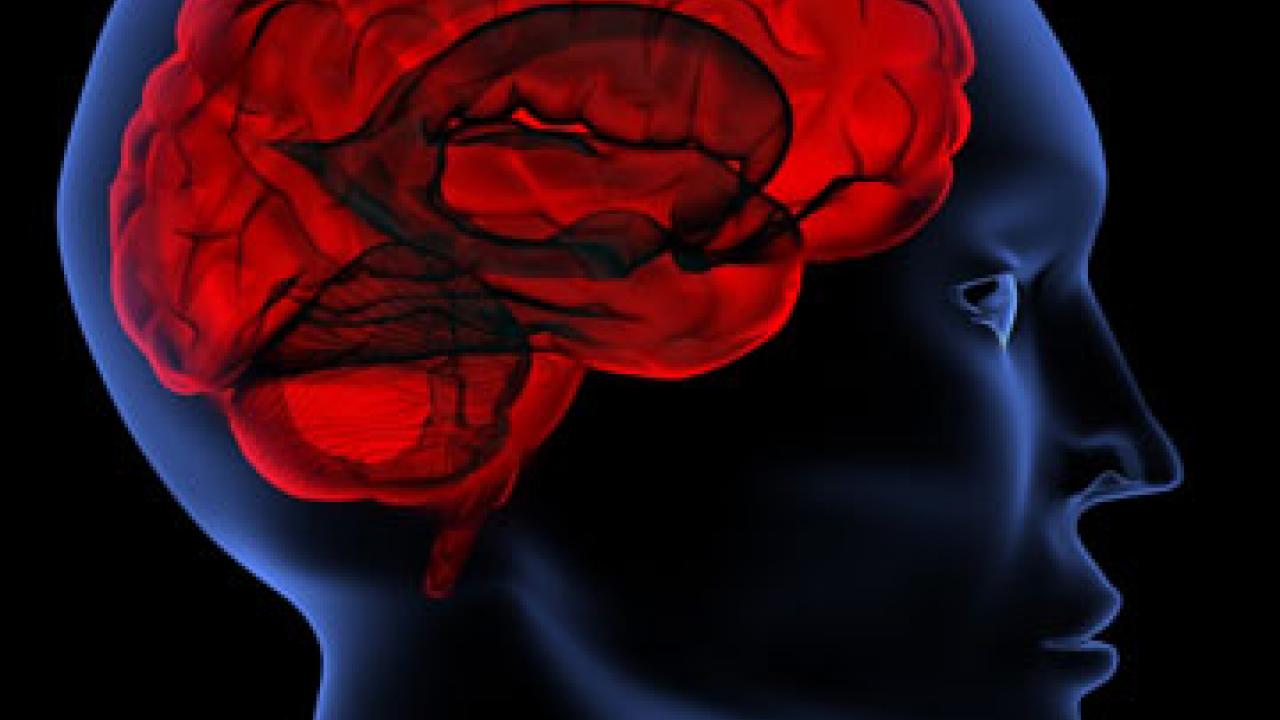Two brain areas fail to connect when children with attention deficit hyperactivity disorder attempt a task that measures attention, according to researchers at the UC Davis Center for Mind and Brain and M.I.N.D. Institute.
"This is the first time that we have direct evidence that this connectivity is missing in ADHD," said Ali Mazaheri, postdoctoral researcher at the Center for Mind and Brain. Mazaheri and his colleagues made the discovery by analyzing the brain activity in children with ADHD. The paper appears in the current online issue of the journal Biological Psychiatry.
The researchers measured electrical rhythms from the brains of volunteers, especially the alpha rhythm. When part of the brain is emitting alpha rhythms, it shows that it is disengaged from the rest of the brain and not receiving or processing information optimally, Mazaheri said.
In the experiments, children with diagnosed ADHD and normal children were given a simple attention test while their brain waves were measured. The test consisted of being shown a red or blue image, or hearing a high or low sound, and having to react by pressing a button. Immediately before the test, the children were shown either a letter "V" to alert them that the test would involve a picture (visual), or an inverted "V" representing the letter “A” to alert them that they would hear a sound (auditory).
The experiments were conducted by researchers in the laboratories of Ron Mangun, professor of psychology and neurology, and Blythe Corbett, associate clinical professor of psychiatry and behavioral sciences and a researcher at the M.I.N.D. Institute.
According to current models of how the brain allocates attention, signals from the frontal cortex -- such as the "V" and "A" cues -- should alert other parts of the brain, such as the visual processing area at the back of the head, to prepare to pay attention to something. That should be reflected in a drop in alpha wave activity in the visual area, Mazaheri said.
And that is what the researchers found in the brain waves of children without ADHD. But children with the disorder showed no such drop in activity, indicating a disconnection between the center of the brain that allocates attention and the visual processing regions, Mazaheri said.
"The brains of the children with ADHD apparently prepare to attend to upcoming stimuli differently than do typically developing children," he said.
Children with ADHD did improve their reaction times when properly cued, but they don't seem to allocate resources as efficiently, Mazaheri said.
This is the first evidence from brain electrical patterns for a functional disconnection in cortical attention systems in ADHD, he said. Current definitions of ADHD are based only on behavior.
The research was originally inspired by a desire to combine laboratory and clinical research to go beyond existing measures of ADHD and get a better understanding of the condition, Corbett said.
"Clearly the crosstalk from bedside to bench has been fruitful," she said.
Other co-authors on the paper are staff research associate Sharon Corina, postdoctoral fellow Evelijn Bekker and research assistant Anne Berry.
The study was funded by the grants from the National Institutes of Health, the Netherlands Organization for Scientific Research, the Perry Family Foundation, the Debber Family Foundation and the Aristos Academy.
About UC Davis
For more than 100 years, UC Davis has engaged in teaching, research and public service that matter to California and transform the world. Located close to the state capital, UC Davis has 32,000 students, an annual research budget that exceeds $600 million, a comprehensive health system and 13 specialized research centers. The university offers interdisciplinary graduate study and more than 100 undergraduate majors in four colleges -- Agricultural and Environmental Sciences, Biological Sciences, Engineering, and Letters and Science. It also houses six professional schools -- Education, Law, Management, Medicine, Veterinary Medicine and the Betty Irene Moore School of Nursing.
Media Resources
Andy Fell, Research news (emphasis: biological and physical sciences, and engineering), 530-752-4533, ahfell@ucdavis.edu
Ali Mazaheri, Center for Mind and Brain, (530) 297-4461, amazaheri@ucdavis.edu
